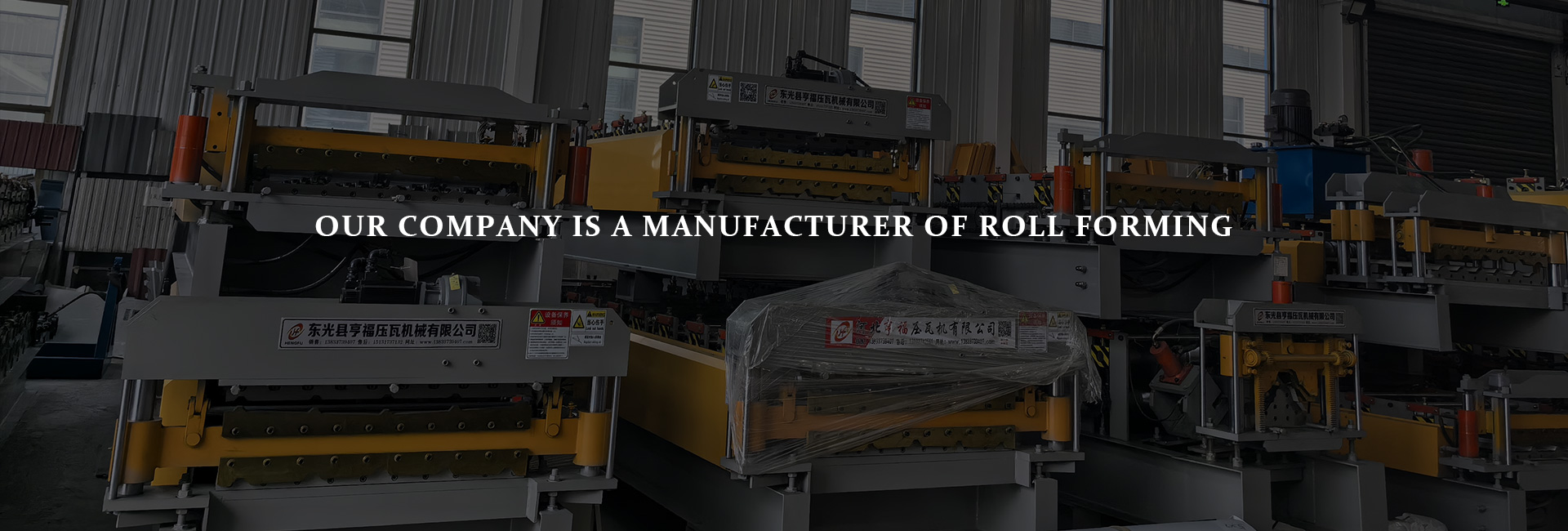1. Introduction
Rolling comes in two types of processes: hot rolling and cold rolling. It is called hot rolling when the strip is rolled after being heated above the recrystallization temperature, and cold rolling when it is carried out at room temperature. Rolling is a widely used and high-yield process. This article will introduce the rolling process and the principles behind it.
Rolling is a metal forming process widely used in metalworking, achieved by passing metal bars through rollers.
The primary purpose of rolling is to reduce the thickness of metal. Steel, magnesium, aluminum, copper, and their alloys are commonly rolled materials. Due to the high compressive stress between the rollers and the metal surface, rolling achieves high productivity, grain structure, and surface finish, making it a suitable choice for metal forming processes such as plate and sheet rolling for materials like steel and aluminum. However, the high setup cost of rolling mills makes it an alternative method.
2. Definition of Rolling Process
Rolling is defined as the process of forming metal where a metal strip is passed between two or more rollers to achieve uniform thickness. Therefore, temperature is crucial.
Rolling can be either hot or cold, and it is done in rolling mills. Rolling mills are complex machines consisting of two or more support rollers, a rolling stand, working rollers, drive motor, gears, couplings, etc. These rolling mills can be used for various shapes and sizes depending on the process and technological requirements. Each rolling mill consists of at least two rollers. Depending on the process requirements, these numbers can even be extended. Depending on the shape of the rolling product, the rollers can be grooved or flat. The shape of the metal gradually changes as it contacts with the two rollers. Compared to forging, rolling is a more economical deformation method when long and uniform cross-section metals are required.
Rolling operations are used in various industries, such as the production of seamless hollow tubes. Rolling is used to produce large cross-sectional profiles. Rolling is used to cut gears on gear blanks. Mass-produced threaded parts, bolts, screws, etc., are made using the rolling process. In the automotive industry, various parts are manufactured using the rolling process. Rolling is used to manufacture plates, steel sheets, etc. Bearings, turbine rings are also rolling products. Types of rolling processes include ring rolling, tube piercing, skew rolling, coiling, cross rolling/rolling, thread/gear rolling, shape rolling, flat rolling, etc.
3. Working Principle of the Rolling Process
The rolling process is a metal forming process where the raw material of the metal is passed between a pair or multiple pairs of rollers to reduce and maintain uniform thickness.
The process mainly focuses on the cross-section of the ingot or metal being formed. The main objective of this process is to reduce the thickness of the metal workpiece. Nowadays, the rolling process primarily focuses on increasing length and decreasing thickness without altering the width of the workpiece. There are certain types of rolling processes, and in the hot rolling process, the metal is heated to the ideal temperature, and when the metal is appropriately heated, it should pass between one or more rolling mills to obtain the desired shape.
As for any other rolling process, this process is widely used. In this process, the metal is heated above the recrystallization temperature due to the heat. In the hot working process, the metal changes its grain structure due to the heat, and now a new set of strain-free grains appears in the metal, and this process requires less force, so the quality of the surface finish is reduced. Metal.
There is also another rolling process, namely the cold rolling process. This rolling process is carried out below the recrystallization temperature of the metal, which varies with the metal, and room temperature can also be below the recrystallization temperature. In this process, more force is required to pass the metal through the rolls than in the hot working process, and this process provides a good surface finish.
4. Conclusion
Through the introduction of rolling in this article, we understand that rolling is defined as the process of forming metal where a metal strip is passed between two or more rollers to achieve uniform thickness. Compared to forging, when long and uniform cross-section metals are required, rolling is a more economical deformation method.
5. Explore the Benefits of Advanced Rolling Forming Technology
Rolling forming is a transformative process in metalworking, and understanding its principles can significantly impact your production efficiency. Whether you're involved in manufacturing seamless hollow tubes, large cross-sectional profiles, or precision automotive parts, rolling forming delivers unmatched precision and productivity. At Hengfu Machinery, we specialize in cutting-edge rolling mills and metal forming solutions tailored to meet diverse industrial needs. Our state-of-the-art technology ensures superior performance, cost-effectiveness, and exceptional product quality.
Unlock the full potential of your metalworking operations with our advanced rolling solutions. Contact us today to learn how we can help optimize your processes and drive innovation in your production line. Experience the future of metal forming with Hengfu Machinery—where excellence in rolling technology meets unparalleled customer support.







